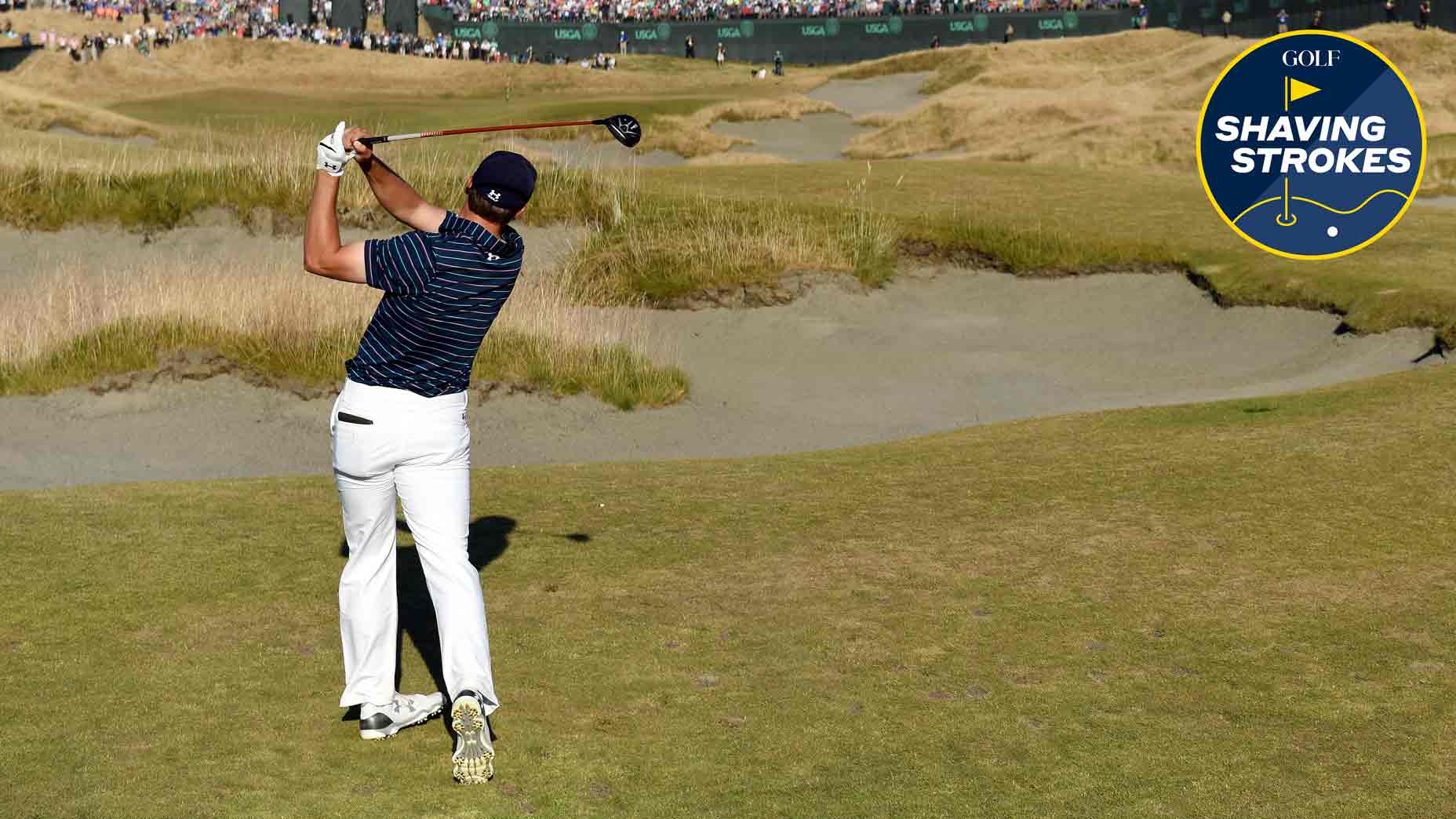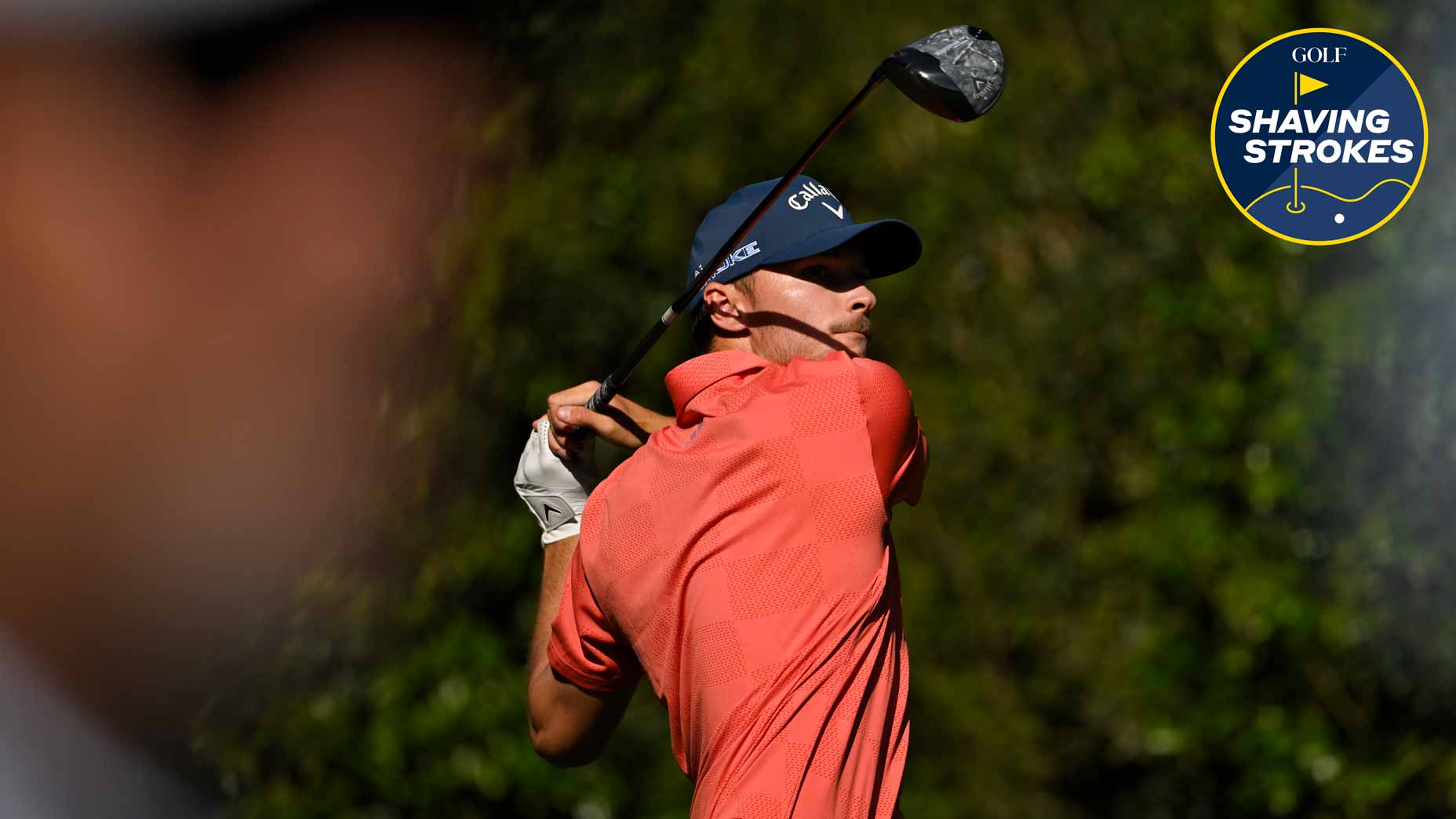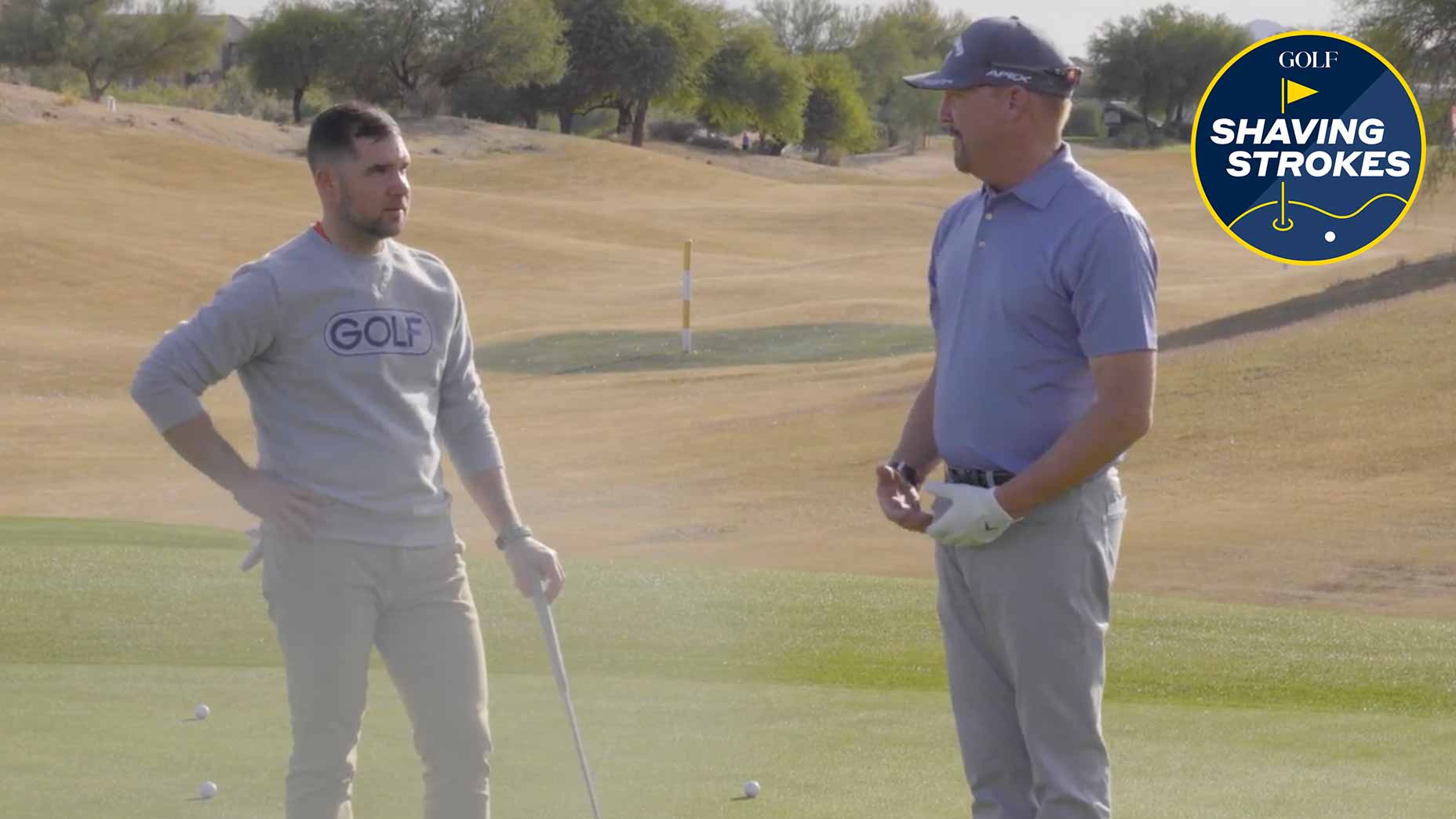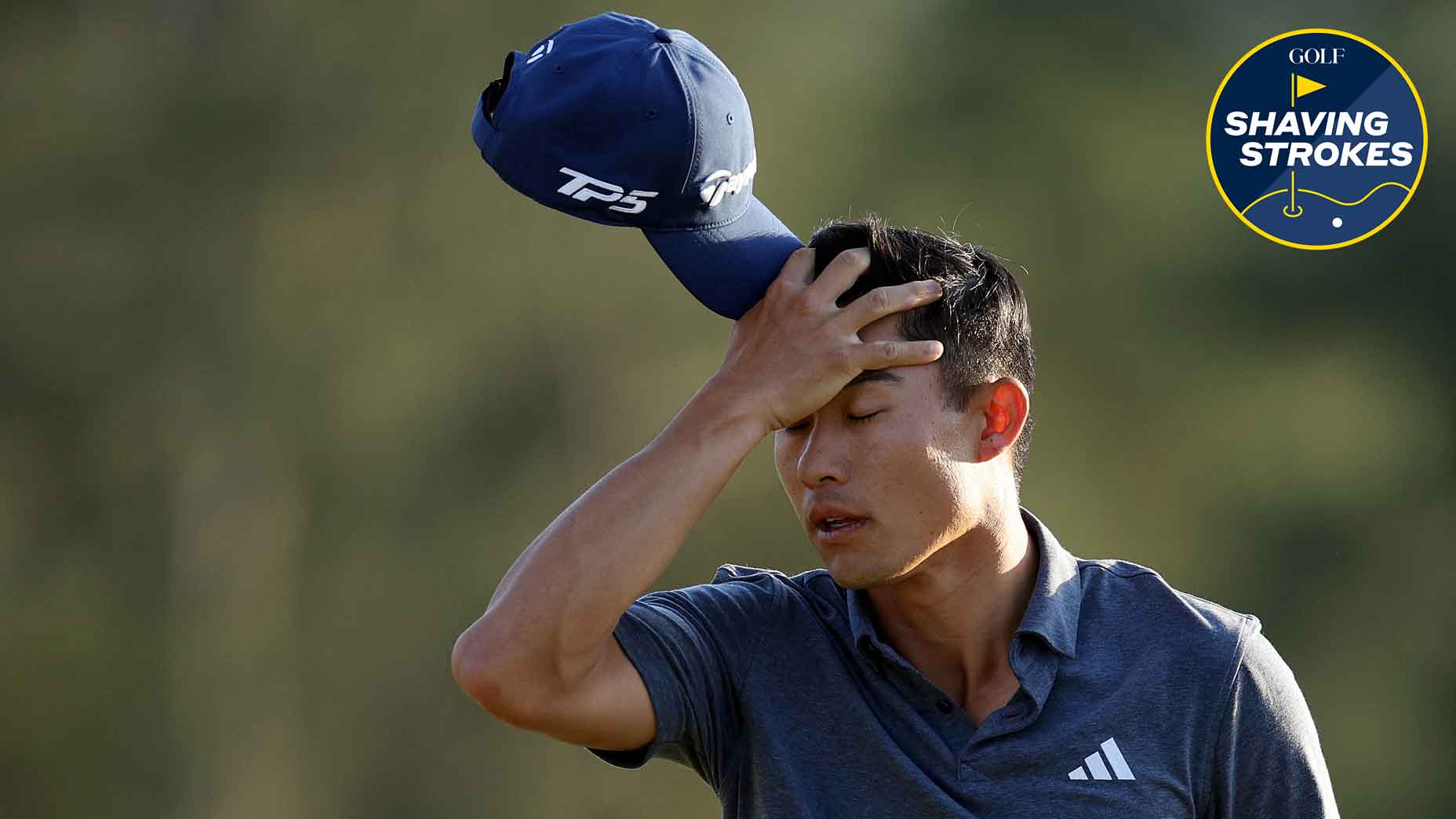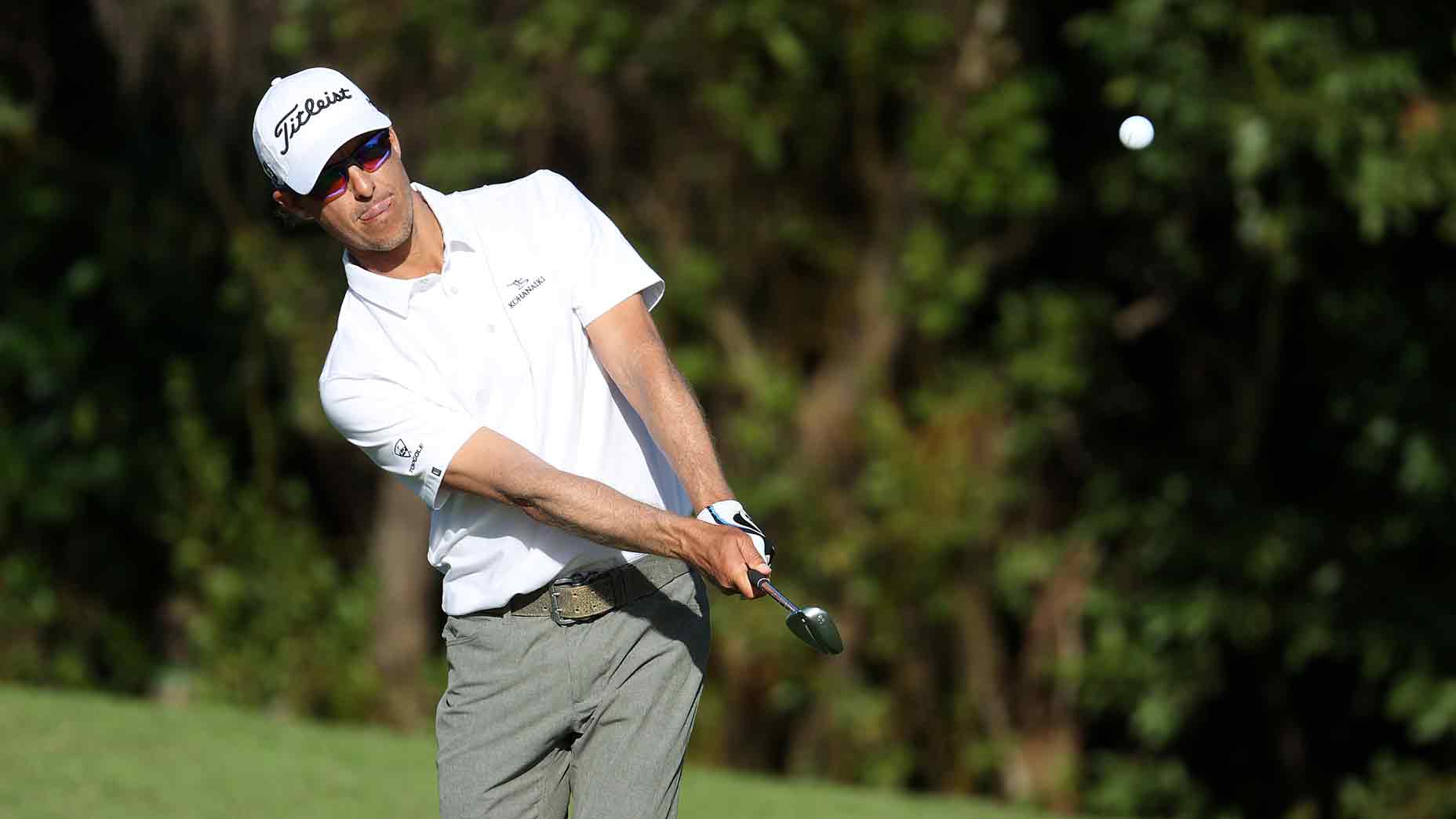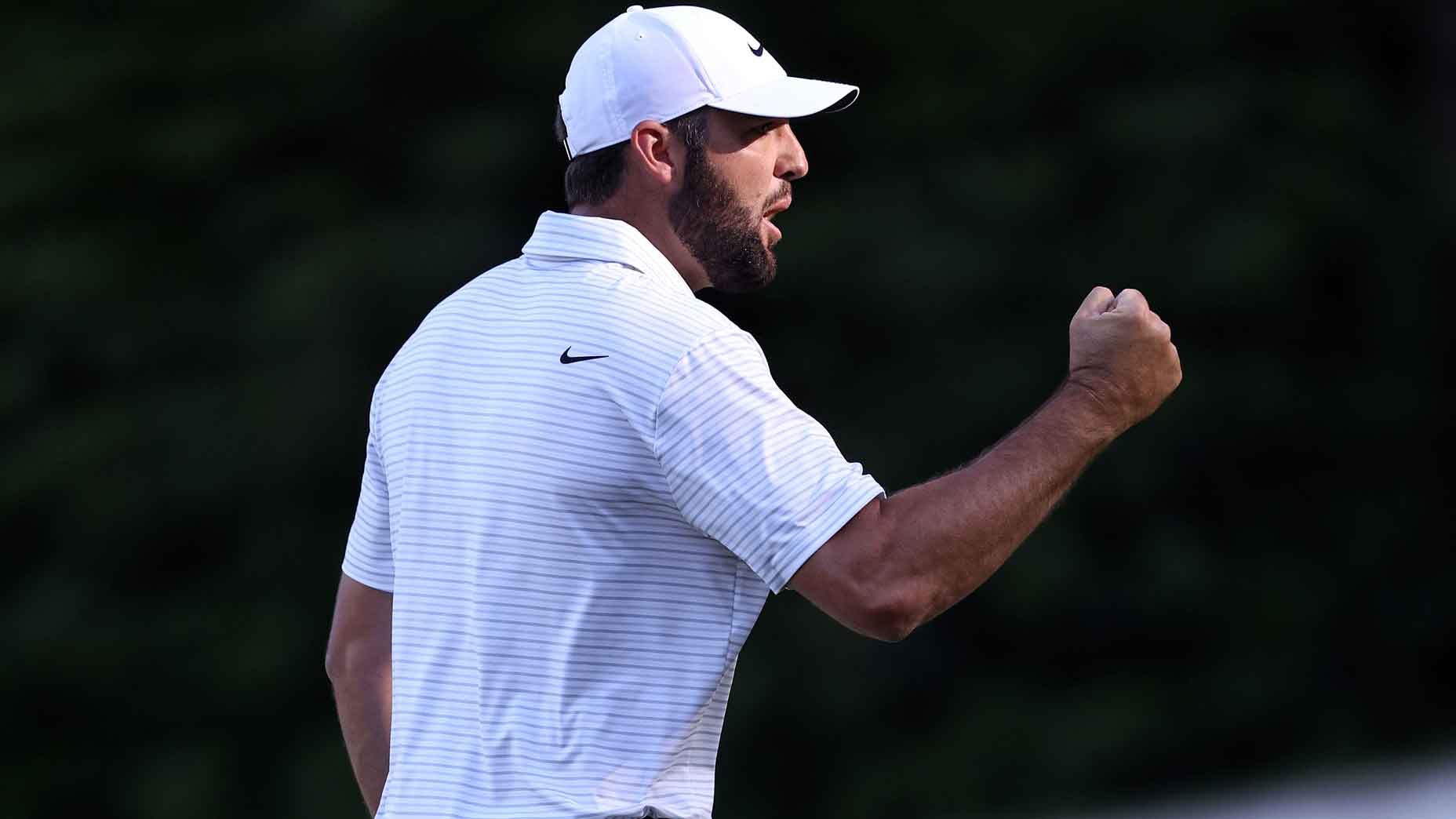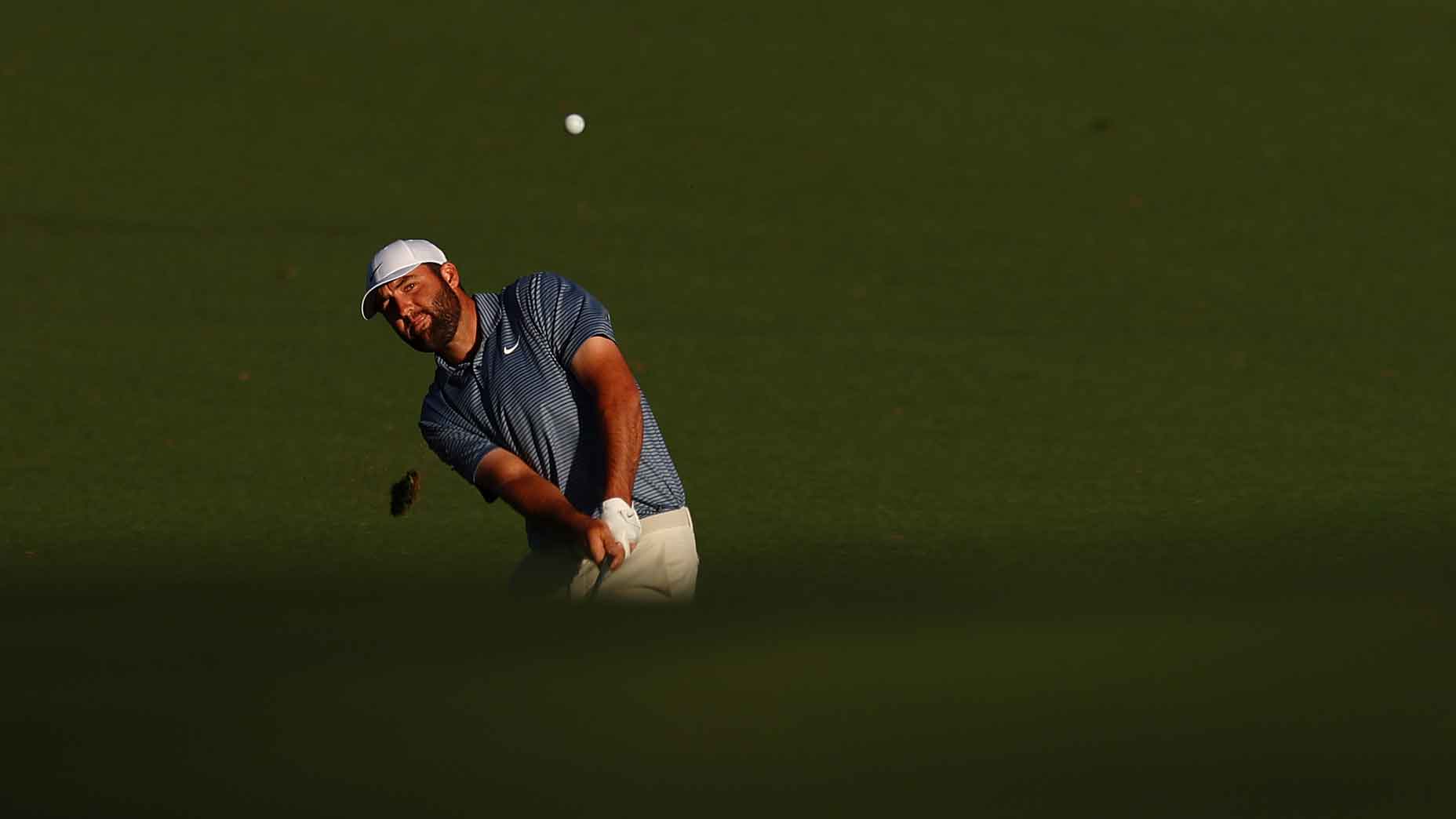This concept shows why it might be time to ditch your lob wedge

lob wedges come in all shapes and sizes
Ryan Barath
Look into any golf bag on the PGA Tour and you will see a range of high-lofted wedges, from 58° all the way to 64°, appearing in all kinds of shapes, sizes, and designs. For highly skilled players these high-lofted wedges can be the difference between saving a shot or not when you’re short-sided around the green, but for your average golfer these high-lofted wedges can actually do more harm than good.
We recently covered why carrying a traditional 3-wood isn’t always the best idea. The same principle can be applied to the high lofted wedges, but in the inverse — having too much loft on a club makes it difficult to hit consistently, and could be costing you shots.
Shouldn’t a wedge be easy to hit?
With its shorter length and large face area, a wedge should in theory be easier to hit, but it’s not about how big the face is — it’s about where it’s pointed.That’s where golfers’ problems begin.
Here’s some quick geometry 101: As the angle of a plane moves away from 90° (perpendicular) to the target the visible surface becomes smaller. See the tennis racket below for this visual representation.

The effective hitting area of the racket decreases significantly as the racket is tilted away from the target (camera lens), and in the case of a lob wedge, what you see from the camera’s perspective is what the ball “sees” heading into impact with a club with roughly 60° of loft.
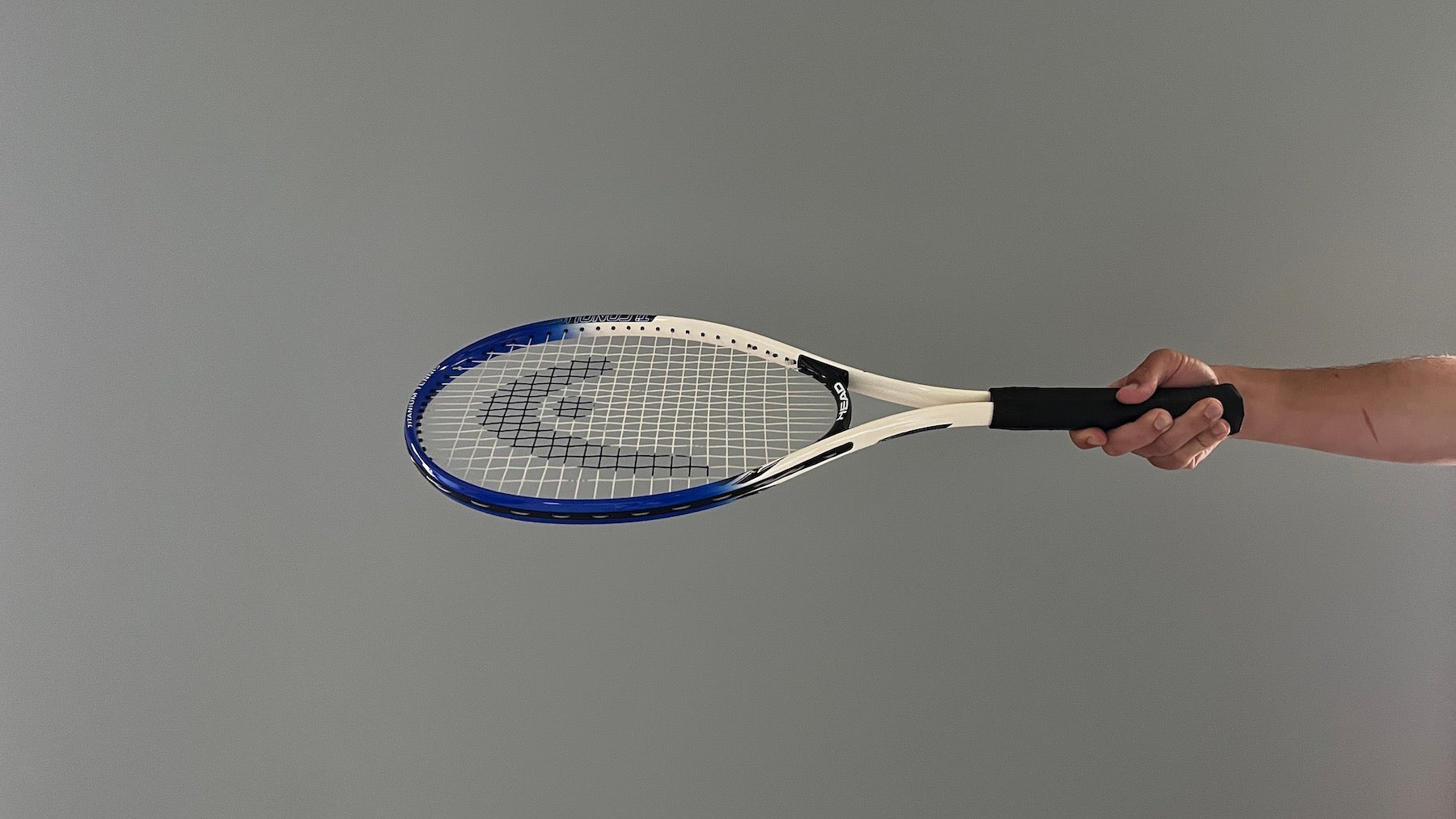
With less exposed hitting area any deviation in vertical (up and down) strike on the face is exaggerated, shrinking the margin of error to execute a shot properly. The end result is poor distance control, and on the extremes, a bladed wedge, or a shot left at your feet.
I’m not saying you should never carry a lob wedge, but a big part of shooting lower scores is eliminating mistakes and managing expectations. Making simple adjustments to the bottom end of your set, and how you hit shots as you get closer to the green can help shave strokes off your score and keep those big numbers off your card.
If you find that you are really struggling with your lob (58°-64°) wedge, pull it from your bag or make a conscious decision to not use it during your round. One famous golfer with a very famous short game, Tom Watson, never used a wedge with more than 56° of loft — and he made out okay by adjusting his technique.
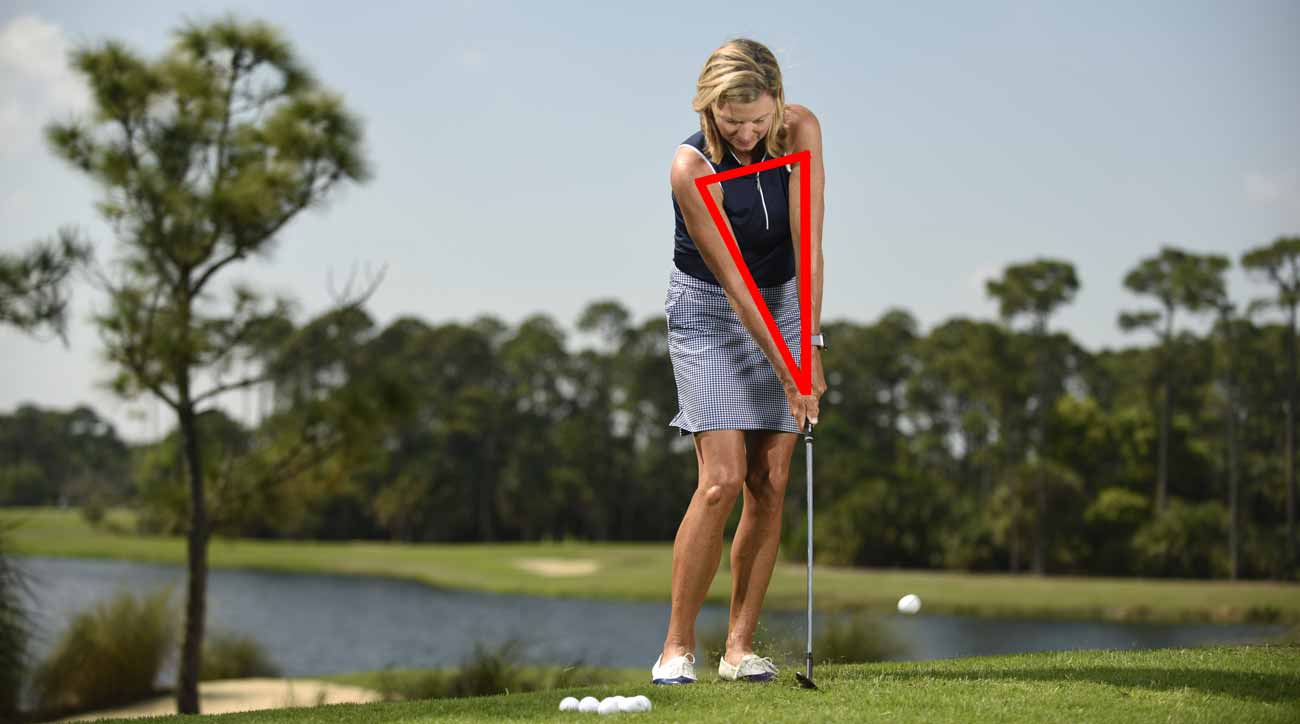
Another option is to make sure you’re using proper chipping technique to put your lob wedge in a more suitable position to hit shots, focusing on more forward shaft lean and presenting the face at impact. This will help with better contact and give you more room for error.


